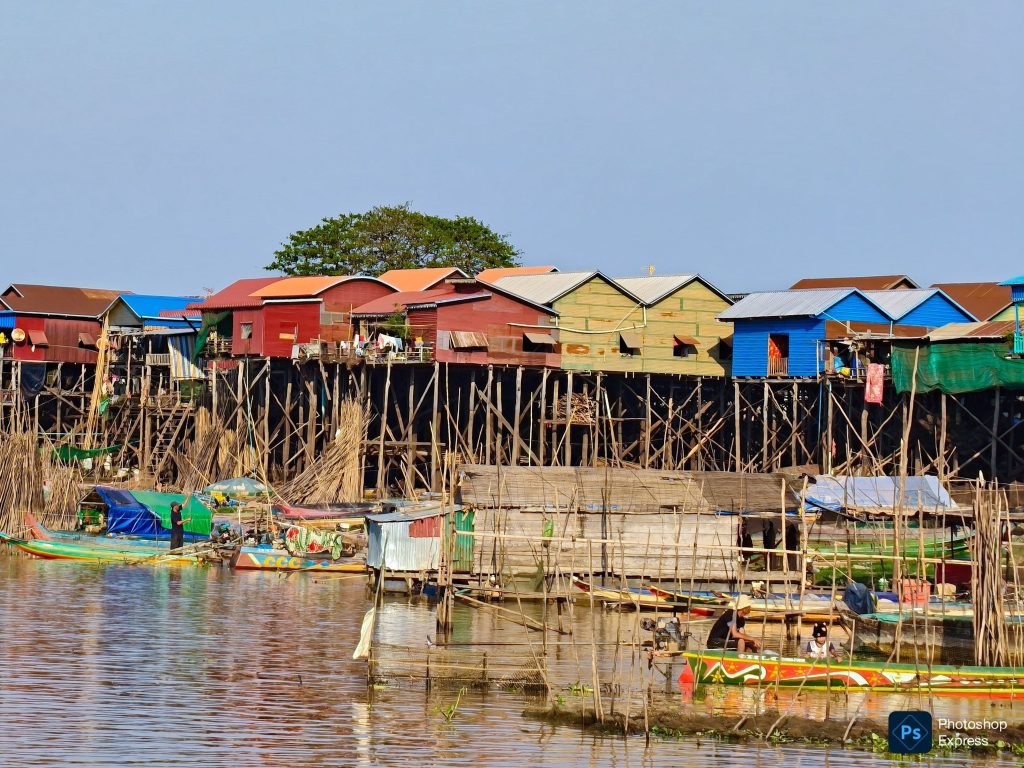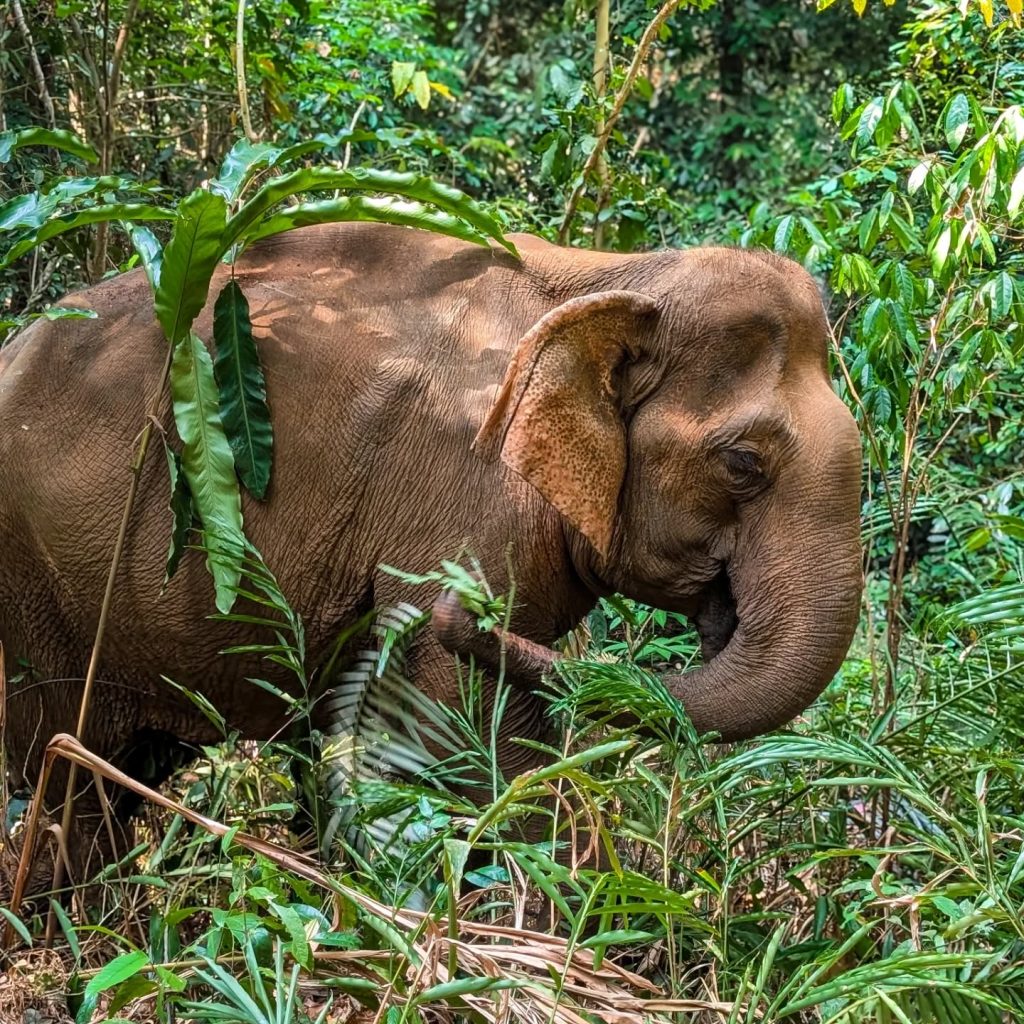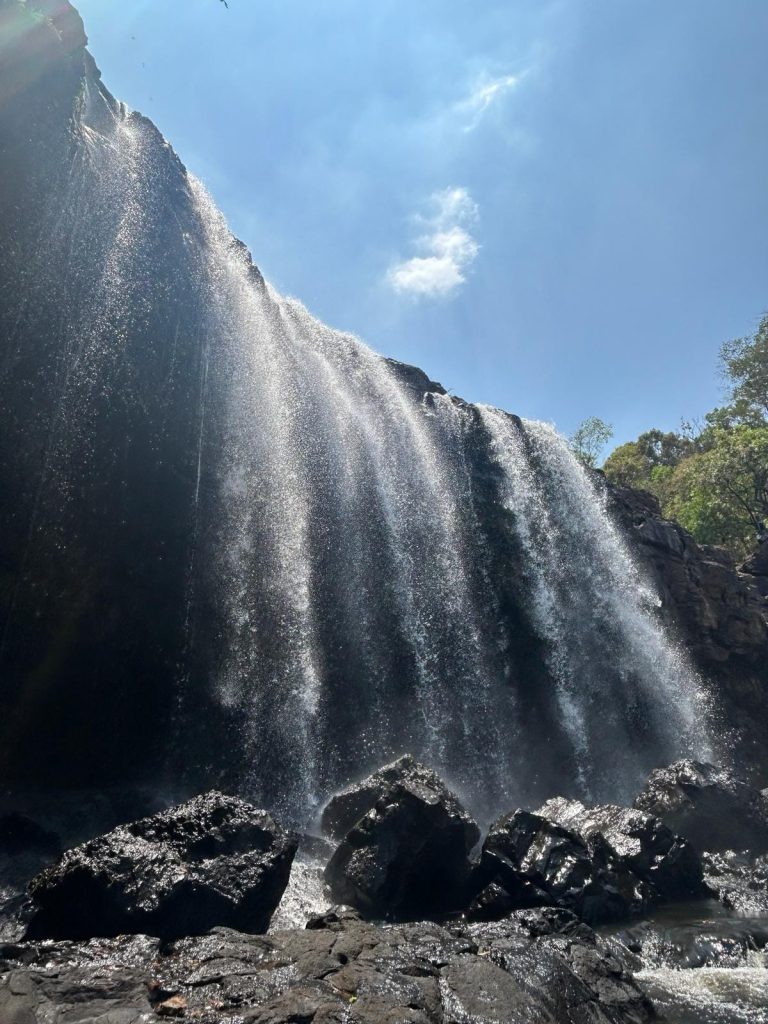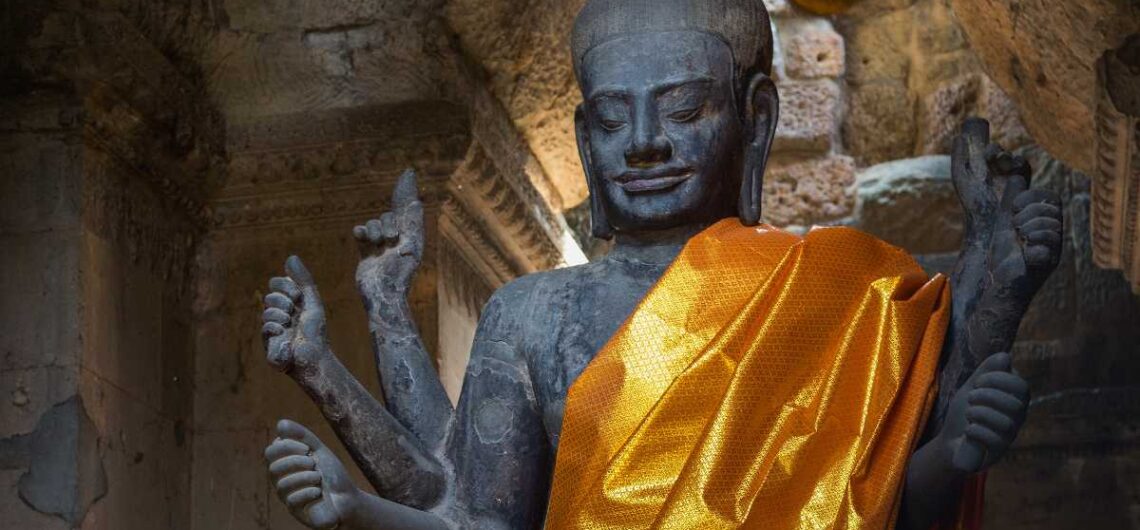Wondering when is the best time to visit Cambodia? Compare dry, summer, and monsoon seasons for the ultimate travel experience.
Choosing the best time to visit Cambodia is one of the most important steps when planning your itinerary. With its tropical climate, rich cultural heritage, and stunning landscapes, Cambodia is a year-round destination—but the experience varies dramatically depending on the season. From the dry months that are perfect for sightseeing, to the quiet early summer period with fewer tourists, to the lush greenery of the monsoon season, each time of year offers a different perspective on the Kingdom of Wonder.
This guide breaks down the key travel seasons—dry season (October–April), early summer (May–June), and monsoon season (July–September)—to help you decide when to plan your Cambodia itinerary.
Dry Season (October – April): The Ideal Time to Visit

The dry season is considered the best time to visit Cambodia, particularly for first-time travelers who want a balanced mix of comfort, accessibility, and ideal weather.
- Weather conditions: From late October to April, Cambodia enjoys cooler temperatures (averaging 25–30°C), sunny skies, and very little rainfall. December and January are the most comfortable months, when humidity is relatively low.
- Best for sightseeing: This is the perfect period to explore Cambodia’s most famous landmarks such as Angkor Wat in Siem Reap, the Royal Palace in Phnom Penh, and Tonle Sap Lake. With dry roads and reliable transportation, itineraries run smoothly without disruption.
- Beach escapes: The dry season is also the ideal time to relax on the southern coast. Resorts in Sihanoukville, Kep, and Koh Rong islands thrive during these months, offering crystal-clear waters and sunny beach days.
- Festivals: Visitors can experience important cultural events like the Water Festival (Bon Om Touk) in November or Khmer New Year in April, which bring color, music, and traditions to the streets.
Who should choose this season?
Travelers seeking comfort, predictability, and maximum sightseeing opportunities will find the dry season ideal. Families, first-time visitors, and luxury travelers often favor this period, as it ensures both convenience and good weather.
Early Summer (May – June): Fewer Tourists and Wildlife Encounters

For those looking to avoid crowds while still enjoying manageable weather, early summer is a fantastic compromise.
- Weather conditions: May and June bring warmer temperatures (up to 35°C) with rising humidity, but the heavy rains of the monsoon have not yet begun in full swing. Sporadic showers provide relief from the heat and rarely last long enough to disrupt plans.
- Crowd advantage: As the dry season ends, tourist numbers drop significantly. This means more space to enjoy Angkor Wat’s sunrise without heavy crowds, shorter queues at Phnom Penh’s museums, and lower hotel rates.
- Wildlife viewing: Early summer is excellent for eco-travelers. In places like Mondulkiri and Ratanakiri provinces, wildlife sightings become more frequent as animals gather near water sources before the heavy rains arrive. Birdwatching is particularly rewarding during this time.
- Value for money: With fewer tourists, many hotels and tour operators offer discounts. Budget-minded travelers can enjoy high-quality accommodations and private tours at reduced costs.
Who should choose this season?
Independent travelers, photographers, and those who don’t mind a bit of heat will appreciate early summer. It’s a balance between comfort and exclusivity, making it an underrated but rewarding time to craft a Cambodia itinerary.
Monsoon Season (July – September): Lush Landscapes and Authentic Experiences

While the monsoon months may seem intimidating, they can provide some of the most memorable experiences in Cambodia—especially for adventurous and culturally curious travelers.
- Weather conditions: Expect heavy rain showers, especially in the afternoons and evenings. However, mornings are often clear and travel remains possible with proper planning. Temperatures hover around 27–32°C, and humidity is high.
- Scenic beauty: Rain transforms Cambodia’s landscapes. The rice paddies turn emerald green, Angkor temples look mystical against moody skies, and waterfalls in Mondulkiri and Ratanakiri are at their most powerful. This is the best season for photographers seeking dramatic scenery.
- Cultural immersion: With fewer tourists around, local life takes center stage. Travelers can experience Cambodia at a slower pace—chatting with locals, exploring floating villages on Tonle Sap Lake when water levels are high, or enjoying cooking classes without the crowds.
- Challenges: The downside is logistical. Roads in remote areas may flood, and some eco-lodges or islands reduce operations. For strict itineraries or short visits, this can be disruptive.
Who should choose this season?
Adventurers, cultural explorers, and budget travelers willing to trade convenience for authenticity will find monsoon season rewarding. It’s also ideal for repeat visitors who have already seen Cambodia’s highlights and want to experience a different, more intimate side of the country.
>> Browse our exclusive collection of Cambodia tours tailored for travelers seeking culture, history, and adventure across the Kingdom of Wonder!
Tips for Choosing Your Cambodia Itinerary by Season
- For temple exploration: Stick to the dry season for the most reliable access to Angkor Wat and surrounding sites.
- For photography: Early summer offers softer light with fewer tourists, while monsoon season gives lush greenery and dramatic skies.
- For relaxation: Dry season is perfect for beach resorts, though budget travelers can still enjoy them in early summer with fewer crowds.
- For festivals: Plan your trip around major Cambodian festivals to add cultural depth—November’s Water Festival is a highlight.
- For budget travel: May–June and July–September offer lower prices across hotels, flights, and tours.
Conclusion: Matching the Season to Your Travel Style
So, when is the best time to visit Cambodia for an itinerary? The answer depends on your travel style:
- Dry season (October–April) is the most popular, with pleasant weather and smooth itineraries.
- Early summer (May–June) is a sweet spot for avoiding crowds while still enjoying reliable travel conditions.
- Monsoon season (July–September) offers lush scenery and authentic cultural experiences for adventurous souls.
Ultimately, Cambodia is a destination that reveals different charms in every season. By aligning your itinerary with your priorities—whether it’s comfort, savings, photography, or cultural immersion—you can ensure your journey through this fascinating country is truly unforgettable.

